How to switch light switch plates?
Light switch plates may seem like a minor detail in your home’s interior, but changing them can make a significant impact on the overall look of a room. Over time, switch plates can become dirty, discolored, or outdated, making your space look less polished. The good news is that learning how to switch light switch plates is a simple task that anyone can do with a few tools and some patience. This guide will walk you through the process step-by-step, covering how to change a light switch plate, how to choose the right style, and how to replace outlet cover plates to match. By the end, you’ll be ready to give your room a refreshed and clean look.
Why Change Your Light Switch Plates?
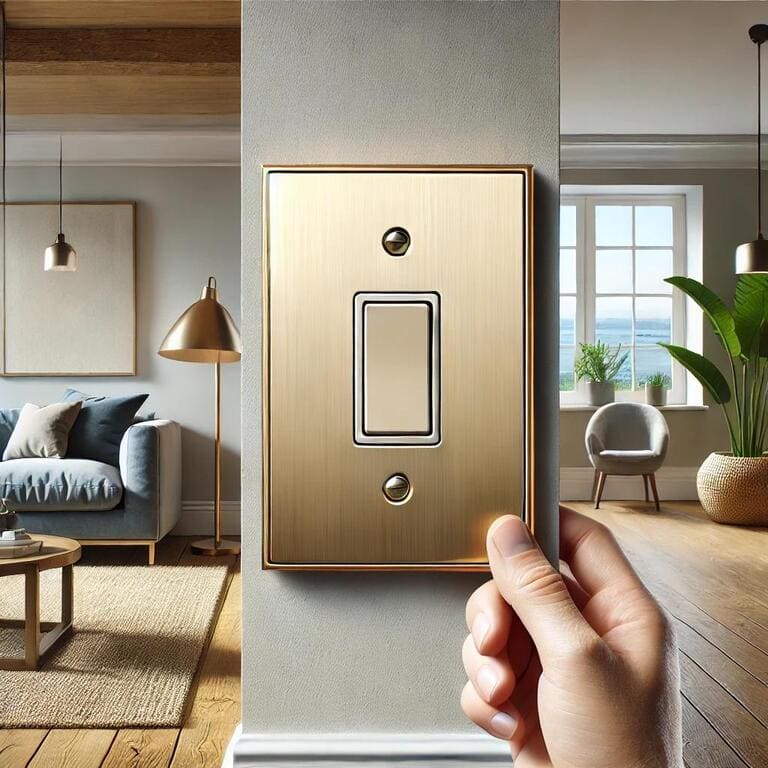
Before we dive into the details of how to change a light switch plate, let’s first discuss why you might want to switch them out in the first place. While switch plates are functional, they also contribute to the aesthetics of a room. Over time, they can get scratched, cracked, or become misaligned with the decor. Updating these plates can be a simple yet effective way to improve the look of any space.
Additionally, if you’ve recently painted your walls or updated other fixtures, replacing light switch plates and outlet cover plates ensures that everything matches and looks cohesive. It’s one of those small finishing touches that can make a room look professionally designed.
Tools and Materials Needed to Switch Light Switch Plates

Changing light switch plates and outlet cover plates is a simple project, but you’ll need a few basic tools to complete the task. Before you start, gather the following materials:
- New light switch plates or outlet covers.
- Flathead screwdriver.
- Phillips head screwdriver.
- A voltage tester (optional but recommended).
- Masking tape (for labeling, optional).
Now that you have your tools ready, we can start by walking through the steps on how to switch light switch plates.
Step-by-Step Guide: How to Switch Light Switch Plates
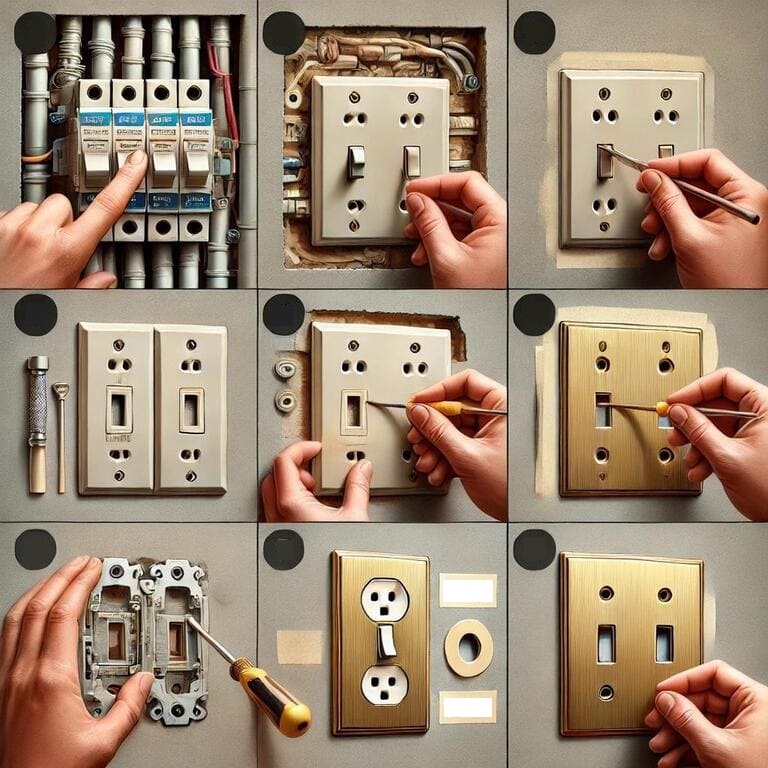
Step 1: Turn Off the Power
Safety should always come first when working with anything related to electrical fixtures, even something as simple as a light switch plate. Before beginning, go to your home’s electrical panel and turn off the power to the switch or outlet you’ll be working on. Label the breaker with masking tape if you need to remember which breaker controls the specific area.
Once you’ve shut off the power, use a voltage tester to double-check that there is no power running to the switch or outlet. This is an extra safety precaution to ensure that there is no live electricity where you’ll be working.
Step 2: Remove the Old Light Switch Plate
Now that the power is off, it’s time to remove the old light switch plate.
- Unscrew the Plate: Take your flathead or Phillips head screwdriver and carefully remove the screws holding the light switch plate or outlet cover in place. If your plate has been on the wall for a while, you may need to use a little force to unscrew it, but be gentle to avoid stripping the screws.
- Lift Off the Plate: Once the screws are out, gently lift the old plate off the wall. If it’s stuck due to paint or grime, use the edge of your flathead screwdriver to lightly pry it away from the surface.
- Inspect the Area: Before installing the new plate, take a moment to inspect the area around the light switch or outlet. This is a good time to clean any dirt or paint buildup that may have accumulated on the wall.
Step 3: Choosing a New Light Switch Plate
Once you’ve removed the old light switch plate, you’ll need to decide on a new one. When choosing a new plate, it’s important to consider both function and style. Here are some things to keep in mind:
- Size and Fit: The new light switch plate must fit over the existing switch or outlet. Plates come in standard sizes, so make sure to measure your old one if you’re unsure.
- Style and Material: Light switch plates come in a wide range of materials including plastic, metal, wood, and ceramic. Choose one that matches your décor. For a modern or minimalist room, sleek stainless steel or matte black plates work well. For traditional or rustic spaces, wood or brass plates might be a better fit.
- Color Coordination: Consider the color scheme of the room and walls when choosing your new plate. Neutral colors like white, black, or metallic tones are versatile, but don’t be afraid to go bold if you’re looking for a statement piece.
Now that you’ve selected the perfect plate, it’s time to move on to installation.
How to Replace Outlet Cover Plates
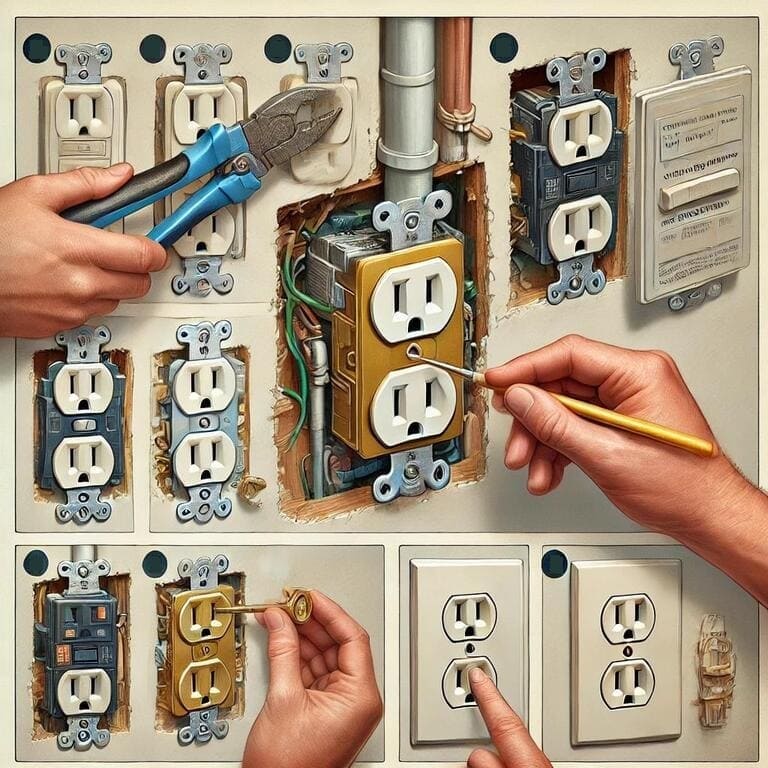
The process for replacing outlet cover plates is very similar to switching light switch plates. If you’re planning to update all of the plates in a room, it’s a good idea to tackle the outlets at the same time. Follow these simple steps to replace outlet cover plates:
Step 1: Turn Off Power to the Outlets
Just as with light switch plates, safety comes first. Before removing outlet cover plates, make sure to turn off the power to the outlets by switching off the corresponding breaker.
Step 2: Remove the Old Outlet Cover Plate
- Unscrew the Plate: Using your screwdriver, remove the screws from the outlet cover plate.
- Remove the Plate: Lift the plate away from the outlet, being cautious not to damage the wall. If it’s painted over, gently score around the edges with a utility knife before prying it off.
- Check the Outlet: Before you put on the new outlet cover plate, make sure the outlet itself is clean and properly seated in the wall.
Step 3: Installing the New Outlet Cover Plate
- Position the Plate: Align the new outlet cover plate with the outlet openings, making sure it fits snugly over the outlet without covering the receptacles.
- Insert and Tighten Screws: Use the screws that came with the new plate to secure it in place. Be careful not to overtighten the screws, as this can crack plastic plates or distort metal ones.
- Restore Power: Once the outlet cover plate is securely in place, restore power by turning the breaker back on.
Tips for a Successful Installation
1. Don’t Overtighten the Screws
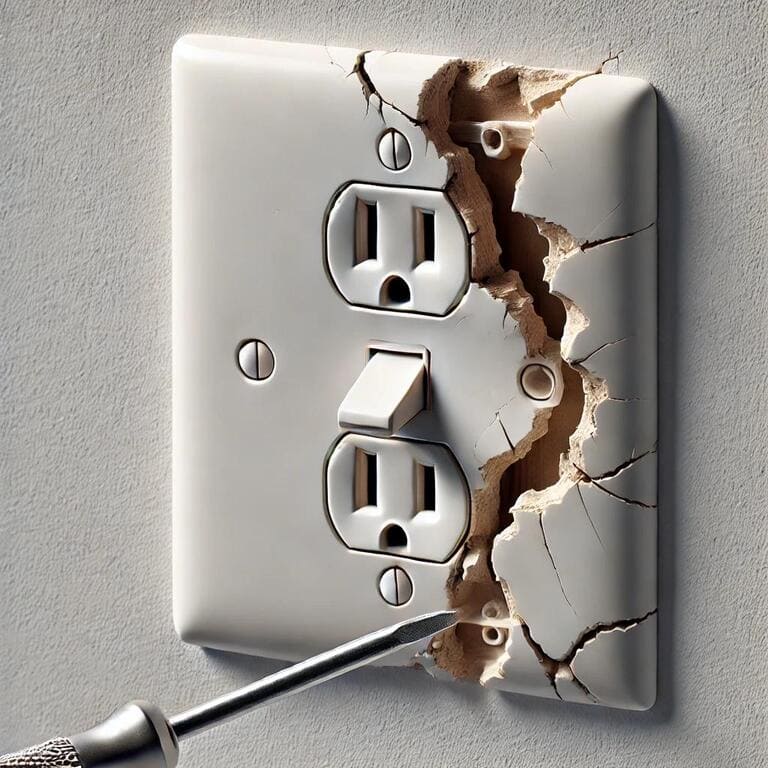
When installing new light switch plates or outlet covers, avoid overtightening the screws. Tightening the screws too much can cause the plate to crack or bend, especially if you’re working with more delicate materials like wood or ceramic. Tighten the screws just enough so that the plate is secure and flush against the wall.
2. Cleaning the Area Before Installation
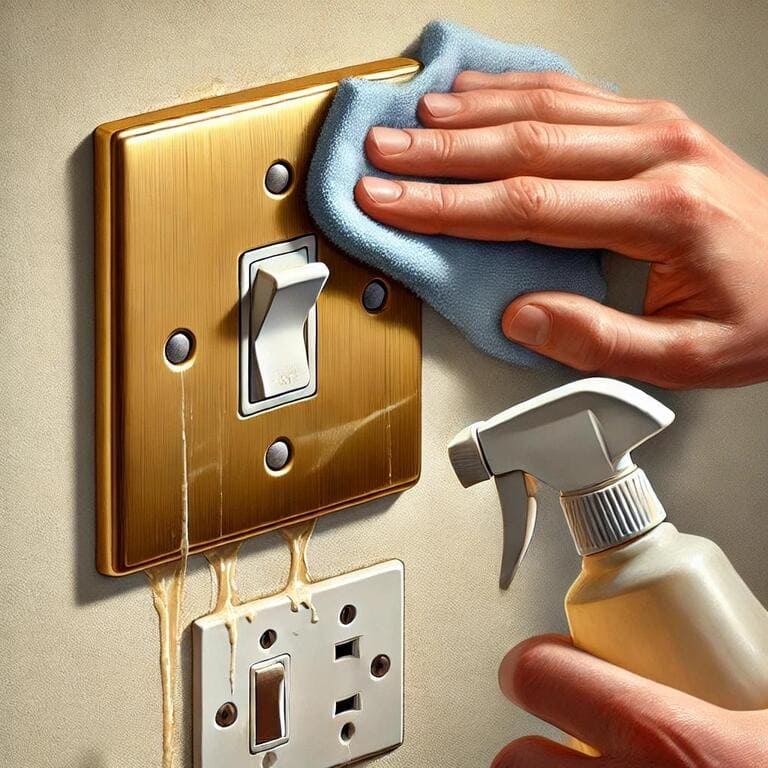
Switch plates and outlet covers tend to collect dust and dirt over time. Before installing the new covers, take a moment to wipe down the area around the switch or outlet. Use a mild detergent and a soft cloth to remove any grime, making sure the wall and surrounding area are clean. This ensures that the new plate adheres properly to the surface and looks polished.
3. Matching the Hardware
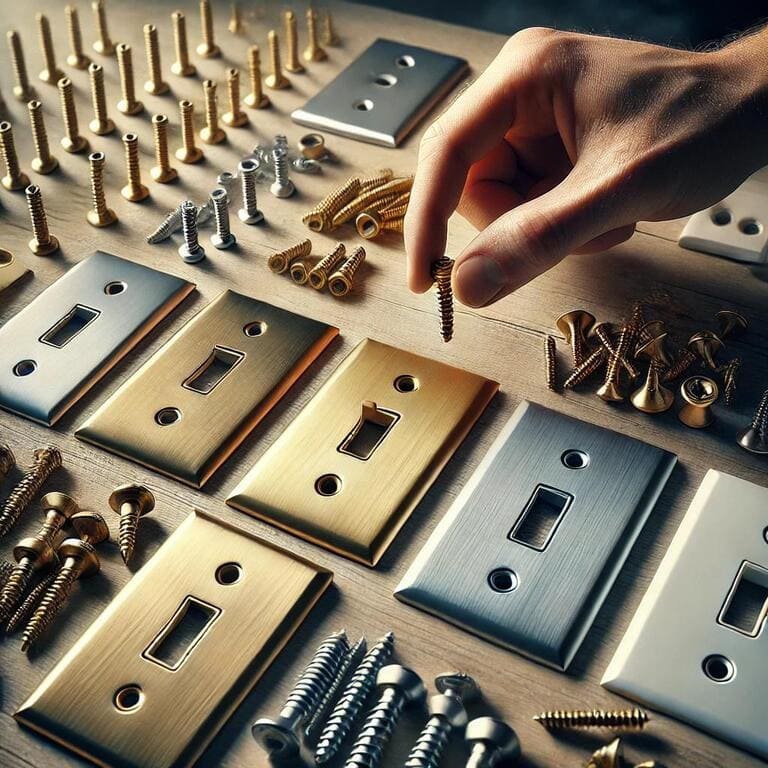
If you’re replacing several plates throughout your home, make sure the screws match the finish of the new light switch plates. For example, brass screws would work well with brass plates, while stainless steel screws complement metal or modern finishes. This attention to detail will give the room a professional, cohesive look.
What to Do If You Encounter Problems
Switching out light switch plates and outlet covers is generally a straightforward process. However, you might run into a few issues along the way:
1. Painted Over Plates

If the old plates were painted over, they might be difficult to remove without damaging the wall. In this case, use a utility knife to carefully score the edge of the plate where it meets the wall. This will break the seal of the paint and make it easier to remove the plate without peeling paint off the wall.
2. Misaligned Switches or Outlets
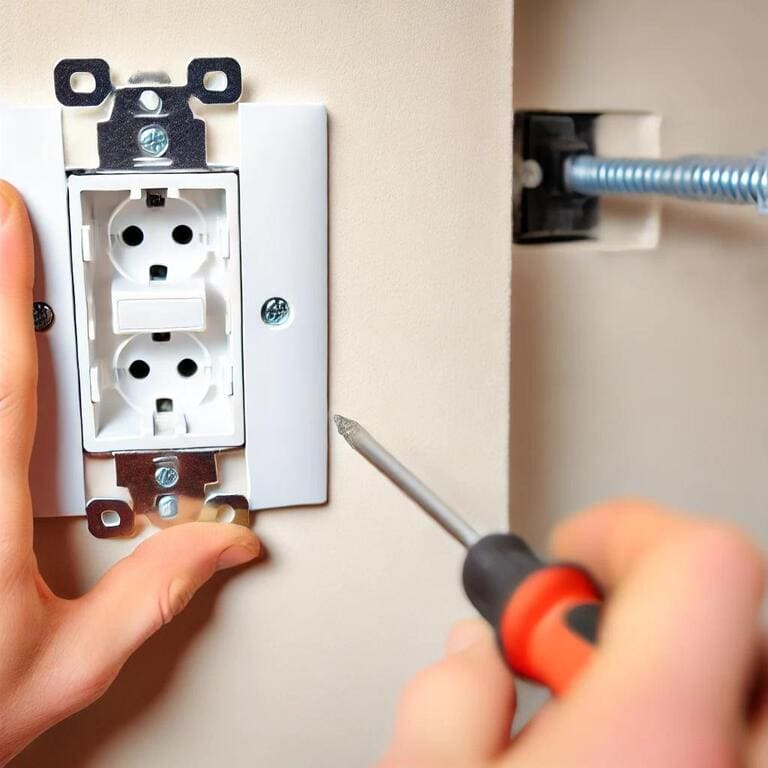
If the switch or outlet itself seems loose or misaligned with the wall, you may need to tighten the screws that hold the electrical box in place. Be careful when doing this and make sure the power is off. If you’re unsure about adjusting the electrical components, it might be best to call an electrician.
Final Thoughts: How to Change a Light Switch Plate for a Fresh Look
Switching light switch plates or replacing outlet cover plates can be a quick, easy, and cost-effective way to refresh the look of any room. Whether you’re giving your space a minor update or doing a full renovation, these small changes make a big impact. Now that you know how to switch light switch plates and outlet cover plates safely and effectively, you can confidently tackle this DIY project on your own.
By following this guide, you’ll be able to remove old plates, install new ones, and achieve a fresh, polished look in any room of your home. Don’t forget to take your time, focus on safety, and select plates that complement your décor. Switching light switch plates is one of those little touches that can make a significant difference in your home’s overall aesthetic.

